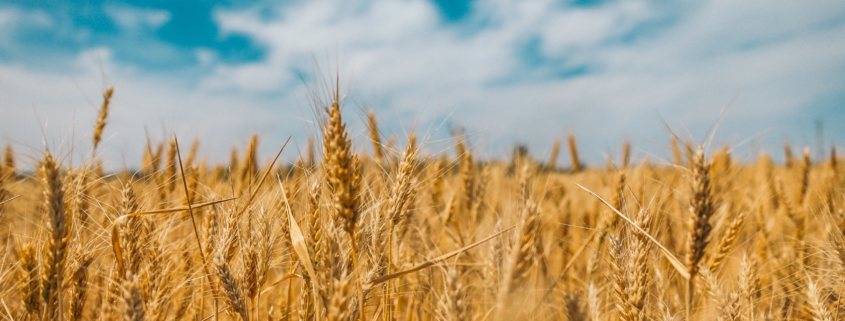The Importance of a Regenerative Food System for Sustainable Agriculture
A regenerative food system focuses on feeding humanity without depleting the Earth. It is a holistic systems approach, stressing the importance of finding solutions that address problems collectively.
There is no single definition of regenerative agriculture, but most people agree that regenerative farming includes things such as no-till farming, cover crops, perennial and native plants, integrated livestock and crop diversity. Building a regenerative food system is vital to feeding humanity while also repairing damaged ecosystems. In the face of climate change, a regenerative food system will create resiliency by localizing economies, sequestering carbon and building greater food security.
Carbon Sequestration
One of the main benefits of a regenerative food system is the ability to sequester carbon. Agriculture is a top contributor to greenhouse gas emissions, and industrialized agriculture has a serious carbon footprint. Soil erosion and nutrient depletion are also two common side effects of conventional agriculture.
Utilizing techniques such as cover crops and no-till growing help sequester carbon, keeping carbon in the soil instead of releasing it into the atmosphere.

